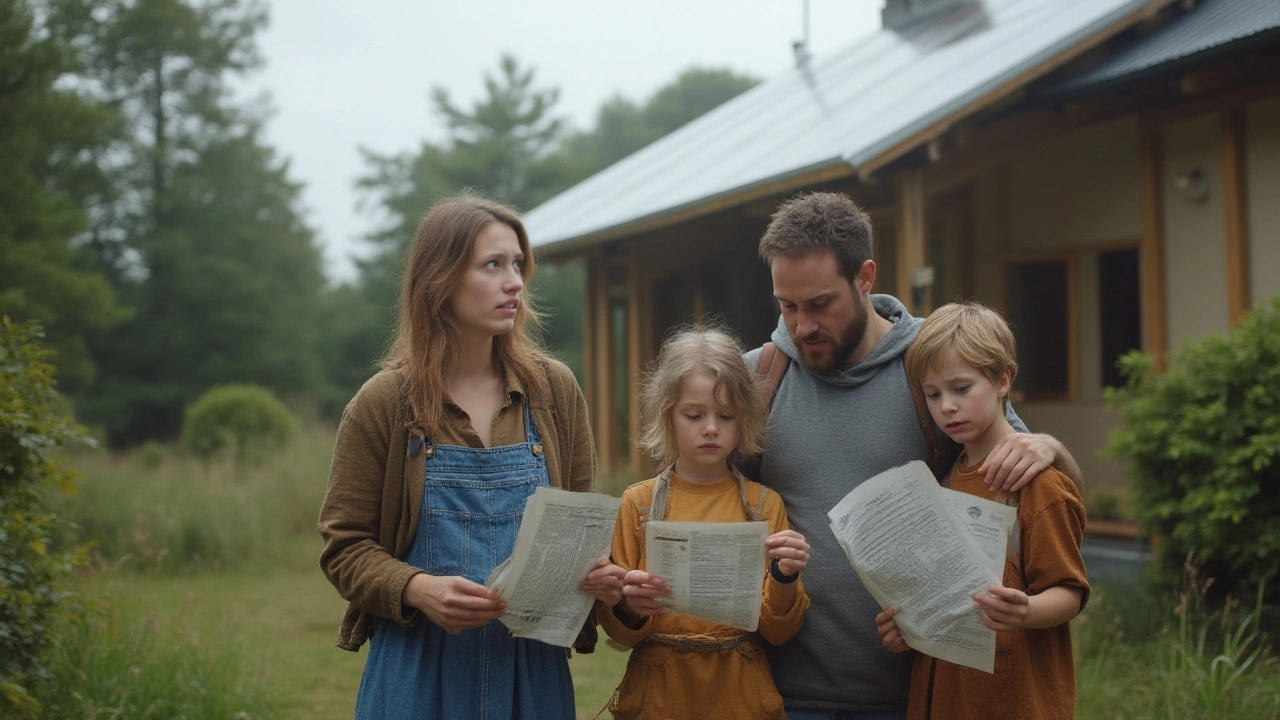
Eco Home Disadvantages: What You Need to Know
If you’re thinking about an eco‑friendly house, you’re probably excited about lower bills and a smaller carbon footprint. But buying or building green isn’t always smooth sailing. Below we break down the most common drawbacks so you can decide if a sustainable home really fits your lifestyle.
Higher Up‑Front Costs
Eco materials and specialized systems cost more before you move in. Solar panels, high‑performance windows, and insulated foundations often carry a premium that can add 10‑20% to the total budget. Even if you plan to recover that money through lower energy bills, the initial cash outlay can be a barrier for many buyers.
Financing can also be tricky. Not all lenders recognize green upgrades as a value boost, which means you might not get the best loan terms. Before you sign anything, run the numbers with a realistic pay‑back period. If the break‑even point stretches beyond five years, the savings might not justify the expense.
Maintenance and Repairs
Some eco features need more attention than standard home components. For example, a rain‑water harvesting system relies on filters and pumps that can fail if not serviced regularly. Living‑roof installations look great, but they require periodic checks for leaks and plant health.
Even high‑efficiency HVAC units can be finicky. They often need specialized technicians, and parts may be harder to find. That can translate to higher service bills and longer downtime when something goes wrong.
Design Limitations
Going green sometimes means compromising on design flexibility. Passive solar homes need precise orientation to catch the sun, which can limit where you place windows or how you layout rooms. If your lot is shaded or oddly shaped, you might have to sacrifice natural light or accept higher heating costs.
Materials like reclaimed wood or straw‑bale walls are amazing for the environment, but they may not suit every aesthetic. You could end up spending extra on finishes to meet your style preferences, which defeats part of the eco‑budget.
Resale Challenges
Not every buyer values green features. While the market for sustainable homes is growing, many traditional buyers still focus on price and location. This can narrow your pool of potential purchasers and affect your home’s resale value.
Additionally, certifications such as LEED or BREEAM can be confusing to a buyer who isn’t familiar with them. If the paperwork isn’t clear, you may have to invest time and money in explaining the benefits, which can delay a sale.
Regulatory and Permit Issues
Eco construction often runs into extra paperwork. Local building codes might not yet recognize newer technologies like geothermal heating or composting toilets. Securing permits can take longer and add unexpected costs to the project.
It’s a good idea to talk to a local planning office early on. Knowing what’s allowed in your area helps you avoid costly redesigns or stalled construction.
Bottom line: Eco homes bring real environmental perks, but they also come with higher upfront costs, extra maintenance, design constraints, and potential resale hurdles. Weigh these factors against your budget and long‑term plans before you commit. A well‑informed decision means you’ll enjoy the green benefits without surprise drawbacks down the road.
